Industry page speed benchmarks (March 2022)
Speed Curve
APRIL 3, 2022
Page Speed Benchmarks is an interactive dashboard that lets you explore and compare web performance data for leading websites across several industries – from retail to media – over the past year. Scroll down to the bottom of this post for more testing details.). Key metrics. Fastest Retail Sites.

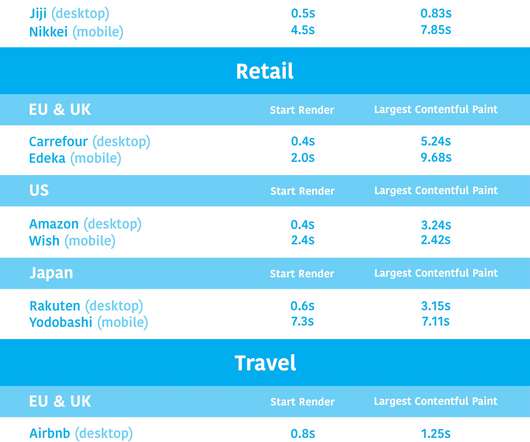

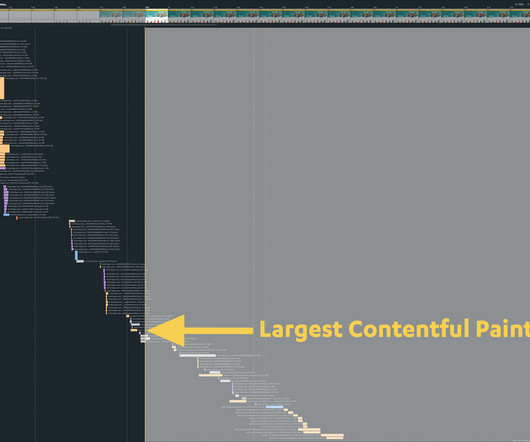

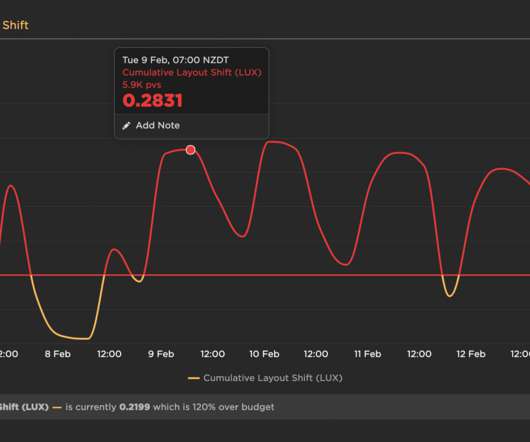

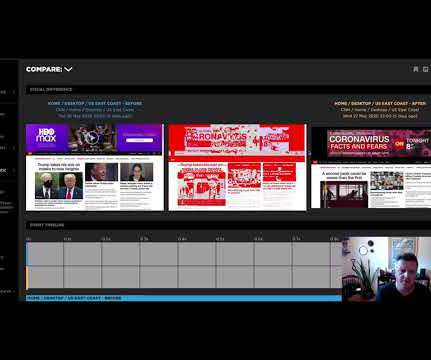
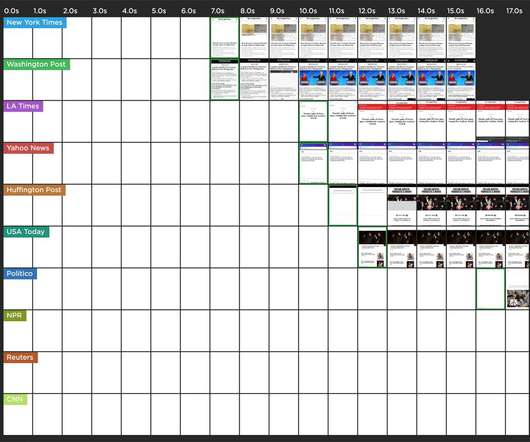




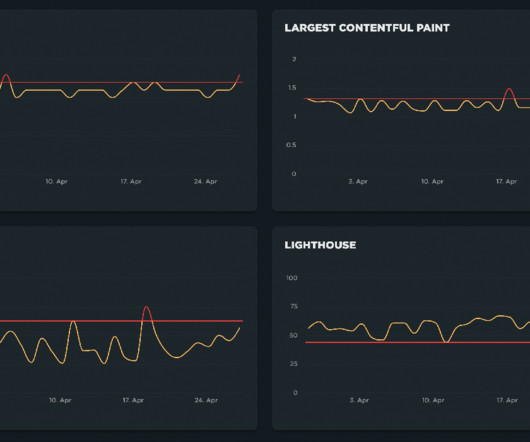
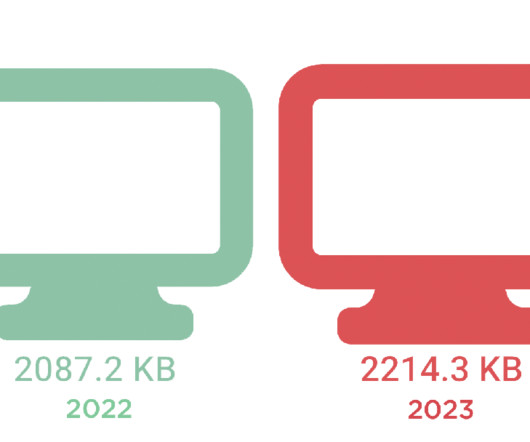






Let's personalize your content